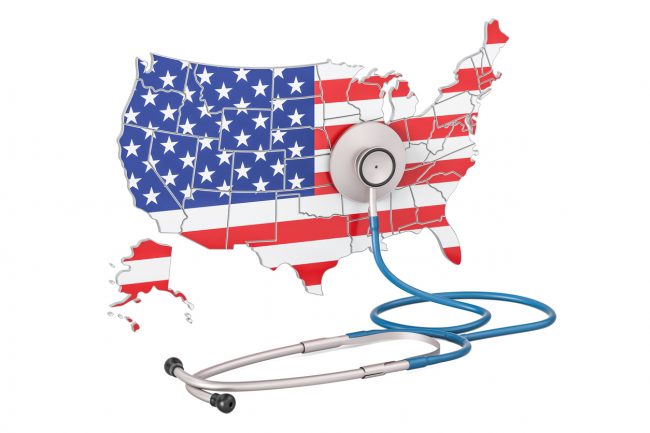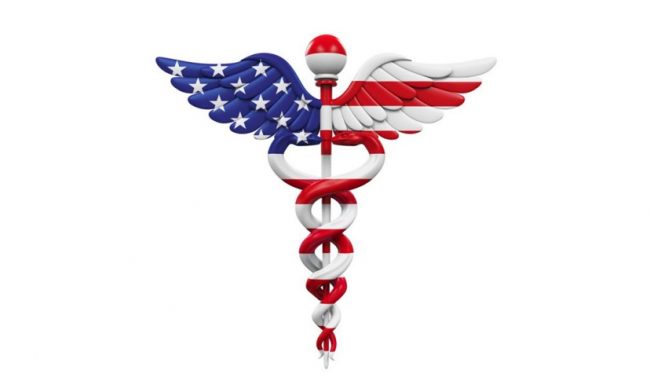Number of Employers Offering Coverage Grows
The number of companies offering health insurance to their employees has risen for the first time in a decade, according to new research from the Employee Benefit Research Institute.
In 2017, almost 47% of private-sector employers offered health insurance, up from 45.3% in 2016. The percentage had previously been dropping steadily since 2008, when more than half (56.4%) were providing coverage.Read More
New Legislation Takes Aim at the Employer Mandate
After managing to jettison the individual mandate requiring U.S. adults to carry health coverage, efforts are afoot in Congress to do away with the Affordable Care Act employer mandate, although there seem to be mixed views on the reality of the legislation making it to the president’s desk.
One bill, HR 4616, is currently in the House Ways and Means Committee awaiting further amendments before a vote can be made on it. The measure would suspend penalties for the employer mandate for 2015 through 2019, as well as postpone implementation of the “Cadillac tax” on high-cost employer-sponsored health plans for one more year, until 2022.Read More
As Drug Prices Skyrocket, This Top 10 List Will Shock You
It’s no secret that the cost of pharmaceuticals is going through the roof. You’ve heard the stories of price-gouging by some companies that have jacked up prices thousands of percent.
Drug costs are starting to weigh heavily on the cost of care, in turn driving up health insurance premiums, which individuals, employees and employers are all feeling. The cost of some medications is so extreme that a single dose may far surpass the total premium paid for coverage.Read More
GM Takes a Big Step towards Tackling Health Care Costs, Quality
As employers continue trying to figure out how to reduce their business’s and their employees’ health insurance outlays while providing quality care, some companies are taking bold steps and experimenting with new models of coverage.
General Motors is the latest large employer to take a stab at experimenting with its health insurance model for its workers. It’s doing so by contracting with the Detroit-based Henry Ford Health System to provide health services to 24,000 of its salaried employees and their dependents.Read More
New Rules Allow Short-term Plans to Last up to Three Years
The Trump administration has taken another step in its effort to roll out short-term health insurance plans by extending the amount of time such plans can be in effect.
Under the new rule, which was issued August 1, short-term plans can be purchased for up to 12 months and policyholders can renew coverage for a maximum of 36 months.Read More
A Bit of Good News for Embattled ACA
After announcing that it would stop paying risk-adjustment payments to insurance companies with plans on the individual market on July 7, the Centers for Medicare & Medicaid Services reversed course two weeks later and said it would indeed continue making the payments.
The risk-adjustment program tries to balance the medical risk in the Affordable Care Act’s insurance markets. Health insurers that are found to have healthier customers (according to a federal formula) pay money into the program, and then insurers who have sicker customers receive money out of it.Read More
A New Health Care Model Tackles Costs, Quality Care
As group health insurance costs continue rising every year, more employers are embracing a new plan model that aims to both cut costs and improve outcomes for patients.
This trend, known as value-based primary care, is a bit of an umbrella term for various models that involve direct financial relationships between individuals, employers, their insurers and primary care practitioners. Insurers are experimenting with different model hybrids to find better care delivery methods that reward quality outcomes and reduce costs.Read More
Want to Reimburse Your Staff for Health Premiums? A $36,500 per-employee Fine Lurks
Most business owners know about the yearly $2,000 per-employee fine they would face for not securing health coverage for their employees under the Affordable Care Act.
But there is even a larger fine that threatens under recent regulations issued by the IRS – and it’s not for failing to secure coverage.
Employers Rethink HDHPs as More People Struggle with Medical Bills
As the number of employers offering high-deductible health plans continues growing, the spotlight recently has highlighted an inconvenient truth: some employees are going broke and filing bankruptcy because they cannot afford all of the out-of-pocket expenses and deductibles they must pay in these plans – just like the bad old days in the 1990s and 2000s.
Besides being in plans with high deductibles, many employees are also paying more for coverage as employers have shifted more and more of the premium burden to their staff.











